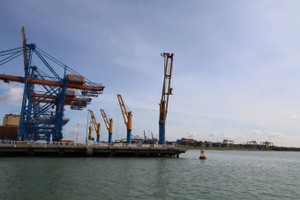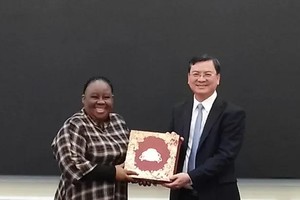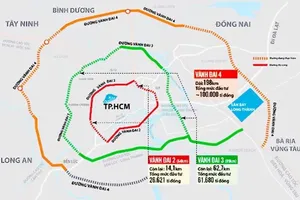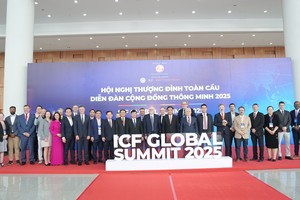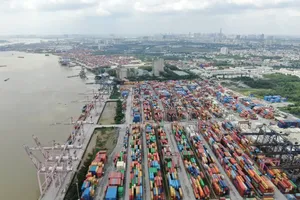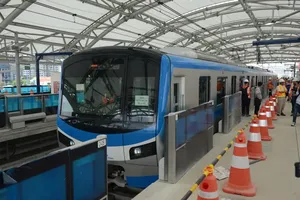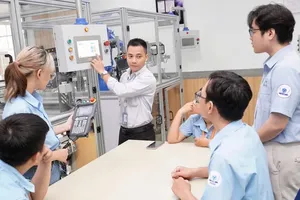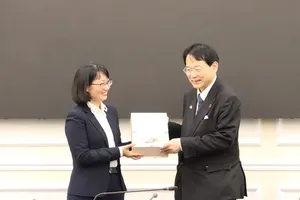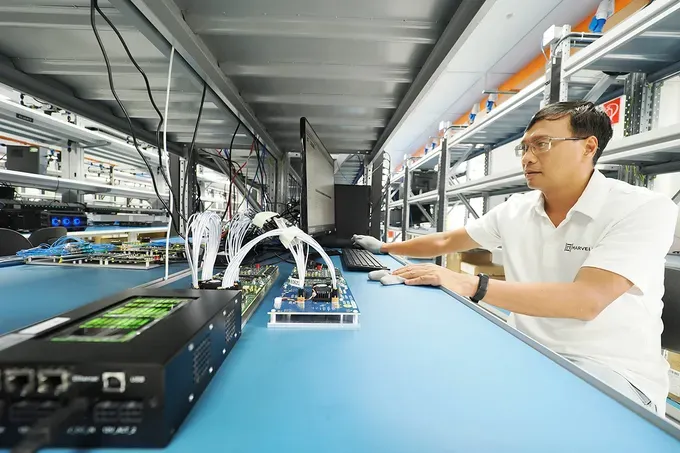
Choosing a niche
The greatest challenge in the semiconductor industry isn’t just the multi-billion-dollar investment required for fabrication plants; it’s cultivating a world-class research and design team capable of launching products that can compete with global titans like NVIDIA, TSMC, and Qualcomm.
Recognizing this, HCMC has issued a comprehensive plan to develop its semiconductor industry and its human resource pipeline through 2030, with a vision to 2050. The strategy focuses on carving out a niche rather than competing across the board.
The goal is to transform HCMC into a leading regional and international hub by developing a critical mass of talent in semiconductors and core digital technologies like AI, cloud computing, Big data, and IoT. Key targets for 2030 include training at least 9,000 university-level engineers for the industry, establishing at least one international-standard R&D center, and promote the corresponding ecosystem.
“The city is already a key destination for major tech corporations like Intel, Samsung, Marvell, and Siemens EDA,” noted HCMC People’s Committee Vice Chairwoman Tran Thi Dieu Thuy. Saigon Hi-Tech Park (SHTP) is currently home to 37 electronics and microchip projects with a total investment of over $7.7 billion.
The city is also investing VND125 billion (US$4.9 million) in a new Digital and Green Transformation Research Center at SHTP, along with many research tasks in the fields of MEMS sensors, power microchips.
To accelerate these efforts, the city’s Department of Science and Technology and the HCMC Semiconductor Industry Association (HSIA) have launched a new alliance dedicated to research and training.
Deputy Director Nguyen Huu Yen of the HCMC Department of Science and Technology emphasized that the semiconductor industry has emerged as a “lifeblood” of the global economy, being the core foundation for most high-tech fields such as AI, IoT, big data, and smart electronic devices.
The market potential is enormous. According to HSIA Chairman Nguyen Van Hieu, Vietnam’s electronics exports surpassed $134.5 billion in 2024, contributing more than a third to the total national export turnover. In the first 5 months of 2025, the total export turnover of the electronics industry continued to grow strongly, reaching over $60.8 billion, an increase of 39 percent compared to the same period in 2024.
“If Vietnamese semiconductor firms can succeed in designing even common chips for the electronics sector, a massive domestic market is ready and waiting,” he stated.
Training international-standard AI workforce
In parallel with its semiconductor push, HCMC is making a concerted effort to become an AI powerhouse. The city has recently rolled out AI training programs for its civil servants to boost public sector efficiency in order to form a smart city. This strategic move complements the grassroots adoption of AI by Vietnamese tech leaders like FPT, VNG, and MOMO.
The private sector's embrace of AI is accelerating. A recent study by Amazon Web Services (AWS) revealed that the percentage of Vietnamese businesses deploying AI has jumped from 13 percent to 18 percent in just one year, corresponding to nearly 170,000 businesses. In 2024 alone, an average of 5 more businesses began applying AI every hour, bringing the overall market growth rate to 39 percent compared to the same period the previous year.
To support this growth, AWS has trained over 100,000 individuals in Vietnam on cloud and AI skills since 2017 and recently launched its “AI Ready” initiative, offering free courses in Vietnamese. “Vietnamese businesses are showing great agility in applying AI,” said Eric Yeo, Country Manager for AWS Vietnam. “But to maintain a competitive edge, closer coordination between government and industry is vital to address talent and policy challenges.”
Deputy Director Le Thanh Minh of the HCMC Department of Science and Technology said that HCMC is implementing the AI Research and Application Development Program for the period 2020-2030 (Decision No. 575/QD-UBND), with the goal of becoming a leading AI research and application center in ASEAN.
The orientation to 2030 is that the digital economy will contribute over 30 percent of GRDP; the digital society will be widely implemented; and digital infrastructure, including 5G networks, a shared data system, and high-performance computing infrastructure, will be strongly invested in.
A cornerstone of this strategy is talent development. Vietnam National University HCMC (VNU-HCM) is spearheading a program to train an international-level AI workforce, with a curriculum emphasizing advanced technical capabilities and English proficiency to ensure graduates are ready for the global stage.
Therefore, the draft document for the 1st HCMC Party Congress, tenure 2025-2030, has emphasized breakthrough policies on science, technology, and innovation, in which it affirms breakthrough policies to attract investment in large and super-large scale data centers; focuses on investing in and developing industries such as semiconductors - microchips, AI, quantum technology.
Assoc Prof Dr Vu Hai Quan, Permanent Deputy Minister of Science and Technology, said that VNU-HCM is committed to being a growth engine for HCMC and the entire Southern region. It fulfills this mission by annually training and supplying approximately 15,000 high-quality graduates in strategic fields like AI, big data, IoT, and semiconductor technology directly to the city’s workforce.
Assistant to the Chairman of the Board of Management of the Center for the 4th Industrial Revolution HCMC (HCMC-C4IR) Nguyen Anh Thi stressed that to truly develop a semiconductor industry, it is crucial to have technological capacity. This is built through international cooperation, technology acquisition, and, most importantly, investment in R&D.
HCMC must invest heavily in R&D, strengthen international cooperation, and purchase technology from outside to build technological capacity. Particularly, the city requires time and persistence as a timeframe for success is about 10-12 years.






)

